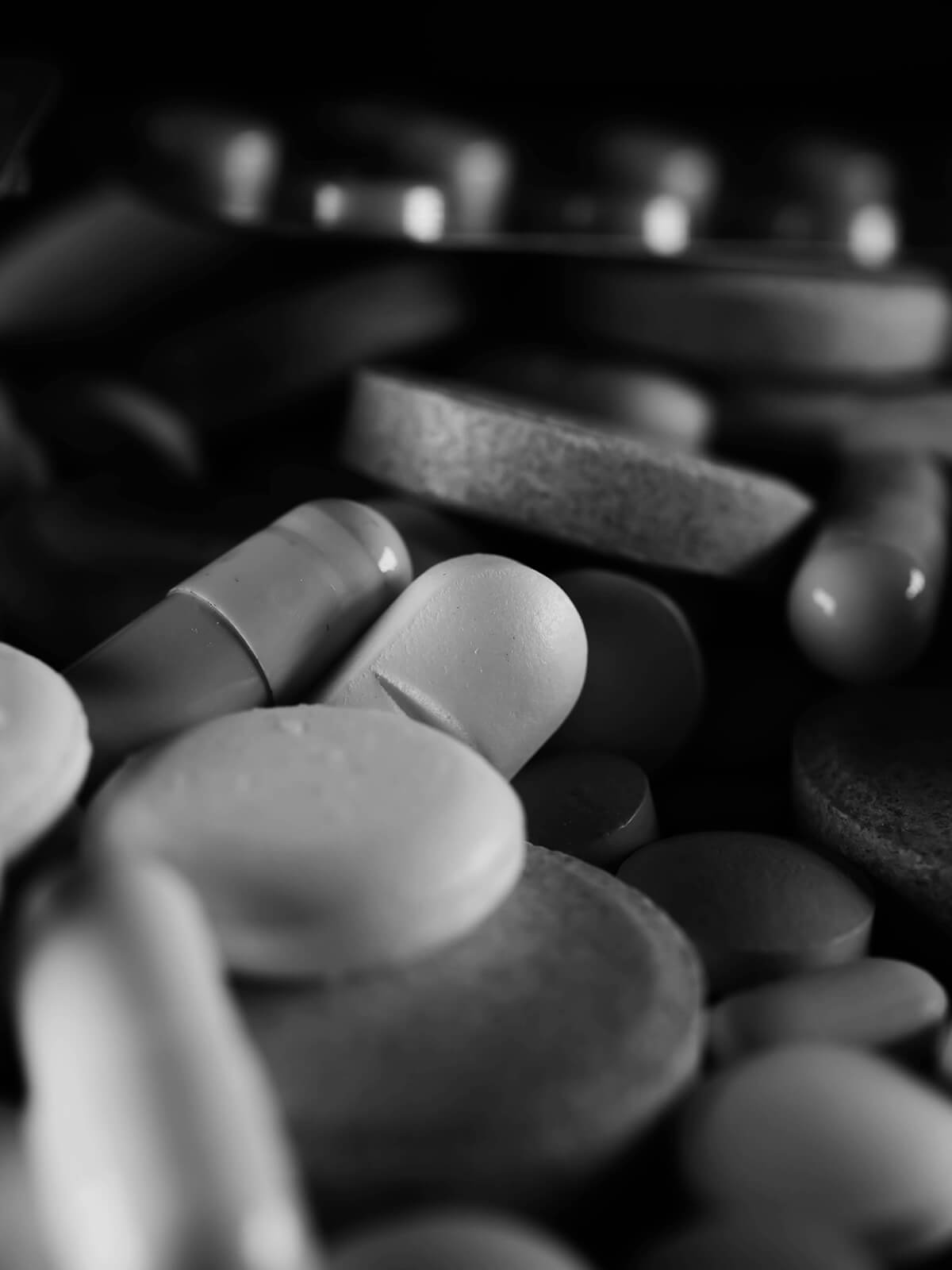
Recovering from Fluoroquinolone Toxicity: A Functional Medicine Approach
Fluoroquinolone antibiotics, such as ciprofloxacin, levofloxacin, and moxifloxacin, are widely prescribed for bacterial infections. However, these medications can cause severe and long-lasting side effects, often referred to as fluoroquinolone toxicity or being “floxed”. This condition can impact the nervous system, musculoskeletal health, mitochondria, and gut microbiome, leading to chronic symptoms.
A functional medicine approach focuses on mitochondrial support, detoxification, and tissue repair to help individuals recover from fluoroquinolone toxicity and restore optimal health.
Understanding Fluoroquinolone Toxicity
Fluoroquinolone toxicity occurs when these antibiotics cause mitochondrial dysfunction, oxidative stress, and damage to connective tissues. Unlike typical antibiotic side effects, these reactions can be severe, long-term, and multi-systemic.
Common Symptoms of Fluoroquinolone Toxicity
Individuals who have been floxed often experience:
- Muscle and joint pain – Tendon inflammation, ruptures, and weakness
- Peripheral neuropathy – Burning, tingling, and numbness in hands and feet
- Fatigue and mitochondrial dysfunction – Decreased energy production due to cellular damage
- Cognitive impairment (“brain fog”) – Memory loss, difficulty concentrating, anxiety, and depression
- Gastrointestinal issues – Dysbiosis, SIBO (small intestinal bacterial overgrowth), and gut inflammation
- Cardiovascular symptoms – Irregular heartbeats and blood pressure fluctuations
These symptoms can appear days, weeks, or even months after stopping fluoroquinolone antibiotics, making diagnosis and treatment challenging.
Why Fluoroquinolones Cause Toxicity
Fluoroquinolones are known to damage mitochondria, deplete essential minerals, and trigger oxidative stress. These effects can weaken tissues, impair nerve function, and increase systemic inflammation.
Key mechanisms of fluoroquinolone toxicity include:
- Mitochondrial dysfunction – Fluoroquinolones damage mitochondrial DNA, reducing energy production
- Connective tissue degradation – These drugs degrade collagen and elastin, increasing the risk of tendon rupture and joint pain
- Neurological damage – Disruptions in GABA and glutamate signaling contribute to anxiety, depression, and neuropathy
Functional Medicine Strategies for Fluoroquinolone Toxicity Recovery
Healing from fluoroquinolone toxicity requires a comprehensive approach that supports mitochondria, reduces oxidative stress, and repairs tissue damage.
1. Mitochondrial Support and Energy Production
Fluoroquinolone toxicity depletes coenzyme Q10 (CoQ10), B vitamins, and carnitine, all essential for mitochondrial function.
To restore energy production:
- CoQ10 and PQQ (Pyrroloquinoline quinone) – Support mitochondrial repair
- B vitamins (methylated B12, folate, and B6) – Essential for energy metabolism
- Magnesium – Helps reduce muscle cramping and nerve pain
2. Antioxidant Therapy to Reduce Oxidative Stress
Fluoroquinolones generate high levels of reactive oxygen species (ROS), leading to oxidative stress and cell damage.
Antioxidants that help combat this include:
- Glutathione and NAC (N-acetyl cysteine) – Powerful detoxifiers that support liver function
- Alpha-lipoic acid (ALA) – Protects nerve tissue and enhances energy production
- Resveratrol and curcumin – Reduce inflammation and oxidative damage
3. Joint and Tendon Repair
Since fluoroquinolones weaken collagen-based tissues, addressing connective tissue damage is crucial.
Key nutrients for joint and tendon recovery:
- Collagen peptides – Help rebuild damaged tendons and ligaments
- Vitamin C – Essential for collagen synthesis and tissue healing
- MSM (Methylsulfonylmethane) – Supports joint integrity and reduces inflammation
4. Restoring Gut Health
Fluoroquinolones disrupt the gut microbiome, leading to dysbiosis, leaky gut, and chronic inflammation.
Gut-healing strategies include:
- Probiotics (Lactobacillus and Bifidobacterium strains) – Restore beneficial bacteria
- L-glutamine and zinc carnosine – Help repair intestinal lining
- Reducing inflammatory foods (gluten, dairy, refined sugar) – Supports gut healing
5. Nervous System and Neurotransmitter Balance
Fluoroquinolones can disrupt GABA receptors, leading to anxiety, depression, and insomnia.
To support brain and nerve health:
- Magnesium threonate – Enhances GABA function and calms the nervous system
- L-theanine and adaptogenic herbs (ashwagandha, rhodiola) – Help balance stress response
- Omega-3 fatty acids – Reduce neuroinflammation and improve cognitive function
Healing from Fluoroquinolone Toxicity with Functional Medicine
Recovery from fluoroquinolone toxicity takes time, personalized strategies, and targeted support. Addressing mitochondrial health, reducing inflammation, and repairing tissue damage can significantly improve symptoms and quality of life.
Looking for Expert Guidance on Fluoroquinolone Recovery?
If you’re struggling with long-term side effects from fluoroquinolone antibiotics, here’s how I can help:
1. Learn More with My Online Program
For a comprehensive, step-by-step guide to optimizing health, my self-paced online program provides guidance on:
✅ How to identify and manage fluoroquinolone toxicity symptoms
✅ How to support mitochondrial function, gut health, and detox pathways
✅ How to implement a personalized approach to nerve and tissue repair
🔗 Explore The Functional Medicine Solution to learn more.
2. Get Personalised Support with 1:1 Consultation Packages
📞 Learn More About My Consultation Packages for details on how we can work together.